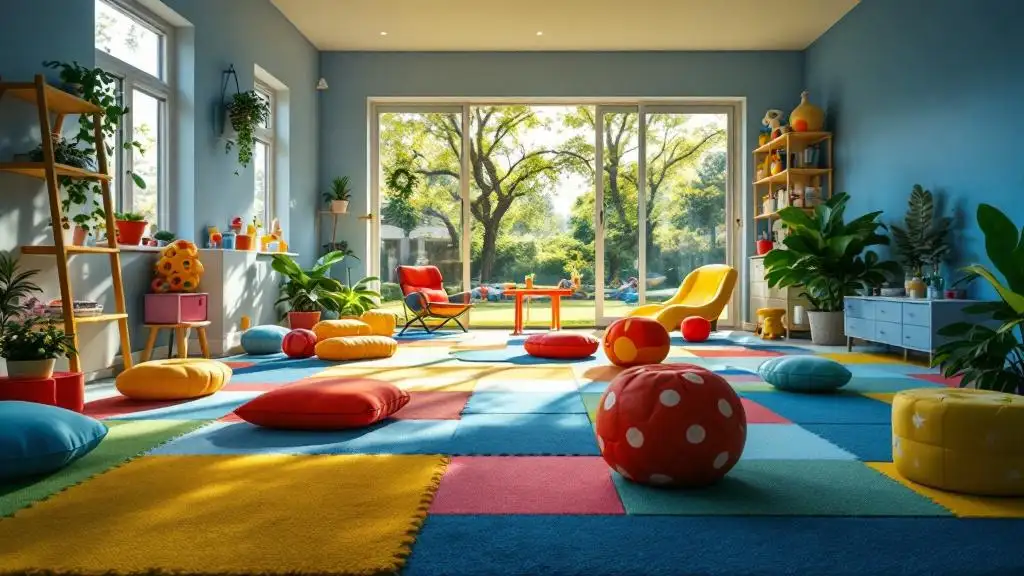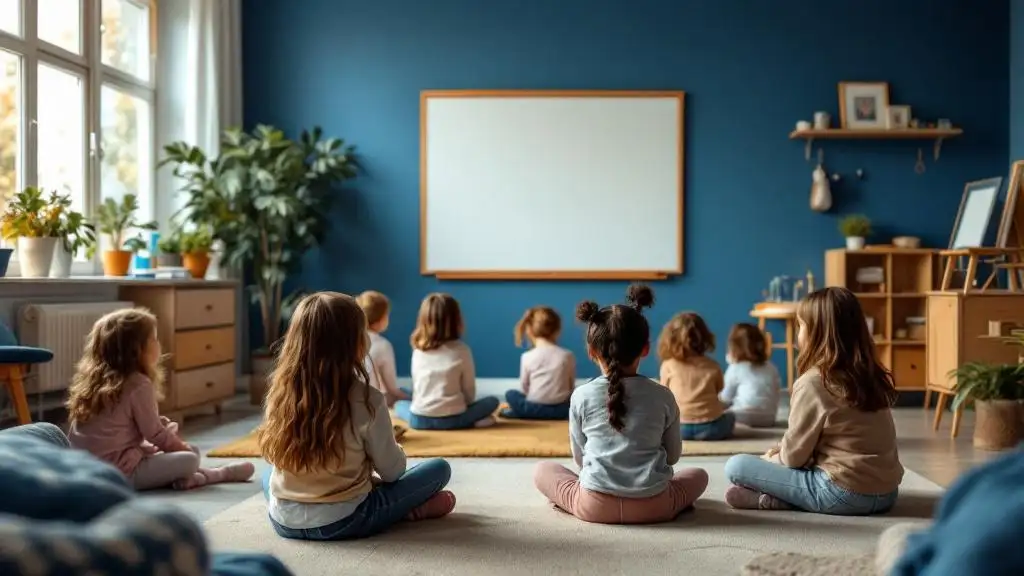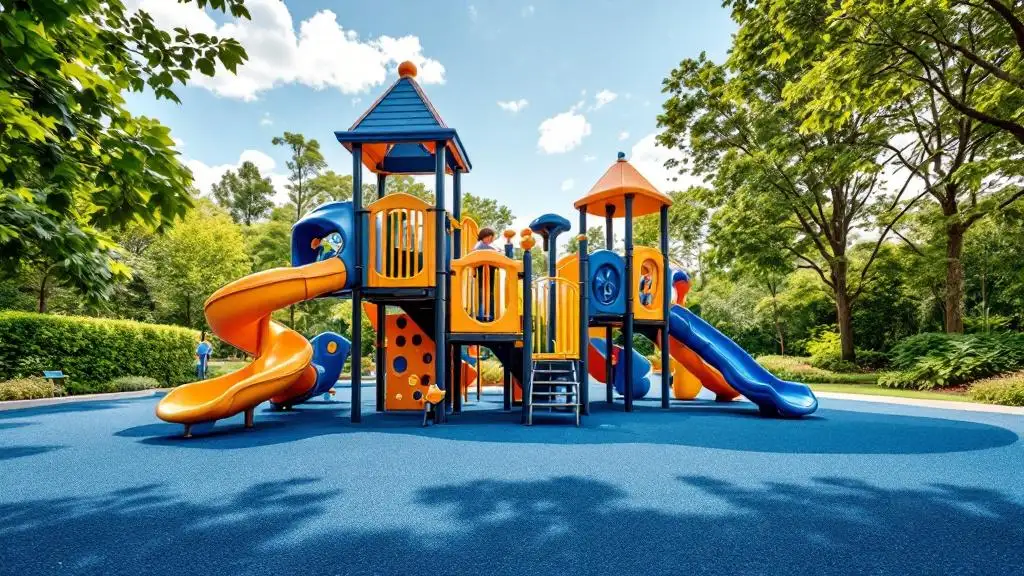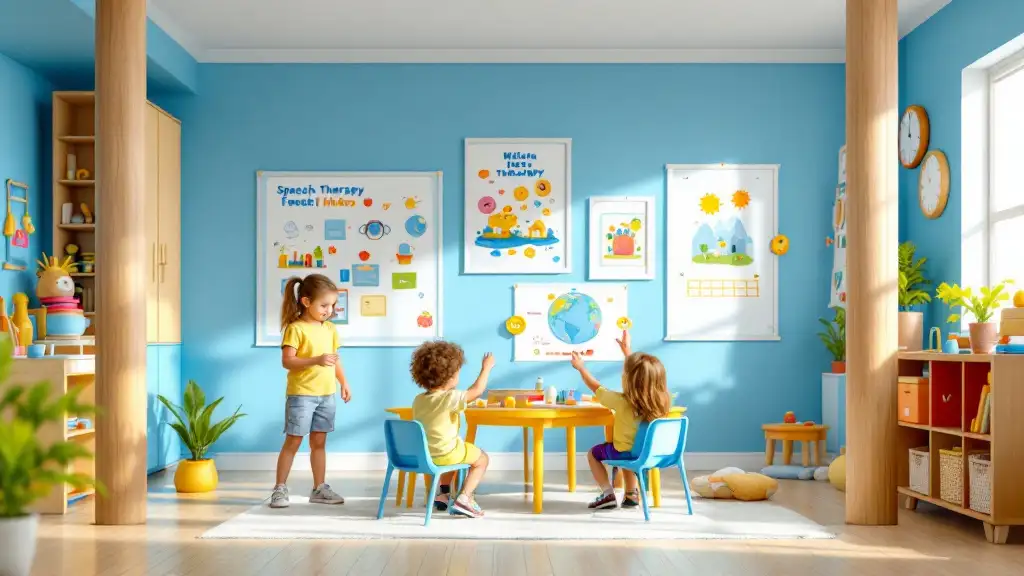
Understanding the Importance of Balance and Coordination in Early Childhood Development
Balance and coordination are vital motor skills that underpin a child's ability to explore their environment safely and confidently. From the first steps to engaging in sports and playground activities, these skills develop gradually, influenced by various biological and environmental factors. Pediatric physical therapy plays a pivotal role in supporting children facing challenges in these areas, helping them achieve their developmental milestones and gain independence.
The Foundation of Motor Skill Milestones in Toddlers
What are developmental milestones related to balance and coordination in toddlers?
Developmental milestones related to balance and coordination in toddlers are critical indicators of their physical development. Typically, by around age 1, children can walk steadily, showing emerging balance skills. As they approach age 2, most toddlers can climb stairs with or without support, demonstrating improved strength and coordination. Between ages 2 and 3, children often begin to hop, jump in place, and kick balls, which are signs of their growing gross motor control.
As toddlers grow, they refine these skills further, able to balance on one foot for brief moments, ride tricycles, and jump with both feet. These milestones reflect increasing stability, body awareness, and the ability to coordinate multiple movements smoothly. Overall, these skills are building blocks for safe mobility, active play, and more advanced movements. Continuous development of balance and coordination supports their ability to perform complex activities and navigate their environment confidently.
| Age Range | Typical Milestones | Developmental Significance |
|---|---|---|
| 1 Year | Walking steadily | Basic balance skills, mobility |
| 2 Years | Climbing stairs | Strength and coordination |
| 2-3 Years | Hopping, jumping, kicking | Gross motor control and confidence |
| Preschool Age | Balancing on one foot, riding tricycles | Advanced stability, coordination |
These milestones are ongoing, with balance and coordination skills continuing to develop into later childhood, supporting active play and learning.
How can parents recognize early signs of balance or coordination delays?
Parents should be vigilant for early signs that may suggest delays in a child's balance or coordination. These include frequent falling or stumbling, difficulty standing or walking steadily, and reluctance or avoidance of activities that require stability or movement.
In infants, delayed crawling, sitting without support, or late walking are important indicators. For older children, challenges with climbing stairs, riding bikes, jumping, or maintaining balance on one foot can hint at underlying issues.
Other signs include clumsiness, bumping into objects, trouble with hand-eye coordination tasks like catching or throwing, and difficulties with fine motor skills such as handwriting or using utensils. Some children may also show signs of motor planning difficulties, like struggling to follow sequences of movements in dance or gestures.
Recognizing these signs early allows for timely intervention. Occupational and physical therapy can help improve motor skills, reduce the risk of falls, and enhance confidence in movement. Early support ensures children develop foundational skills essential for safe mobility and active engagement in daily life.
How Pediatric Physical Therapy Enhances Balance and Coordination
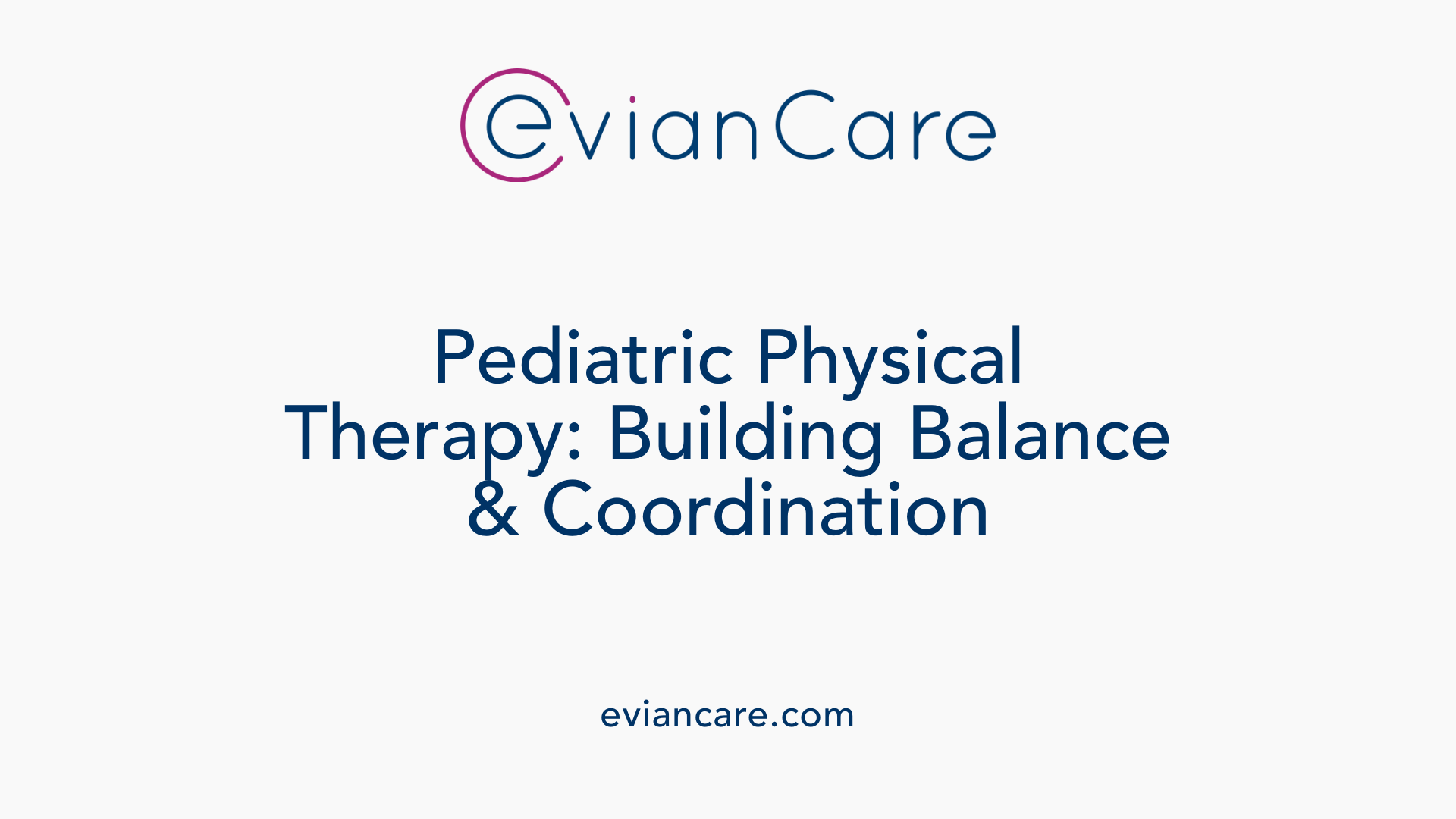
What is the role of pediatric physical therapy in improving balance and coordination?
Pediatric physical therapy plays a crucial part in helping children develop essential motor skills like balance and coordination. Therapists conduct thorough evaluations to understand each child's unique strengths and challenges. These assessments include checking muscle strength, joint mobility, inner ear function, eye tracking, skin sensation, proprioception, and circulation. Based on this, they create personalized treatment plans that often involve play-based exercises.
Therapies focus on improving overall physical capabilities, such as boosting muscle strength, enhancing flexibility, and ensuring proper posture. Activities like core strengthening, gait training, and sensory integration exercises help children gain better control over their movements. Developing strong balance and coordination empowers children to perform daily activities confidently—whether walking, running, jumping, or climbing.
Children with developmental delays or motor difficulties benefit greatly from early intervention. These programs aim not only to promote motor growth but also to prevent further delays, boost confidence, and foster independence.
What assessment procedures are used by therapists?
Therapists begin with comprehensive assessments to identify specific areas needing improvement. They examine muscles, joints, and inner ear health, along with eye tracking and skin sensation. Sensory processing, proprioception—the body’s sense of position—and circulation are also evaluated.
This detailed evaluation helps therapists tailor exercises that address each child's individual needs. For example, they might incorporate static balance tasks like standing on one foot or dynamic ones like walking on uneven surfaces. Regular assessments ensure that therapy remains effective and adapts to the child's progress.
Here’s a summary of common assessment elements:
| Area Examined | Purpose | Possible Tests or Observations |
|---|---|---|
| Muscles and joints | Identify weakness or tightness | Range of motion, manual muscle testing |
| Inner ear function | Detect balance-related issues | Vestibular tests |
| Eye tracking | Assess visual coordination | Tracking exercises |
| Skin sensation | Check for sensory deficits | Tactile tests |
| Proprioception | Understand body position awareness | Position sense tasks |
| Circulation | Ensure adequate blood flow | Vascular checks |
Overall, these evaluations give a clear picture of a child's motor abilities and help in planning targeted, effective therapies.
Effective Activities and Strategies for Motor Skill Enhancement
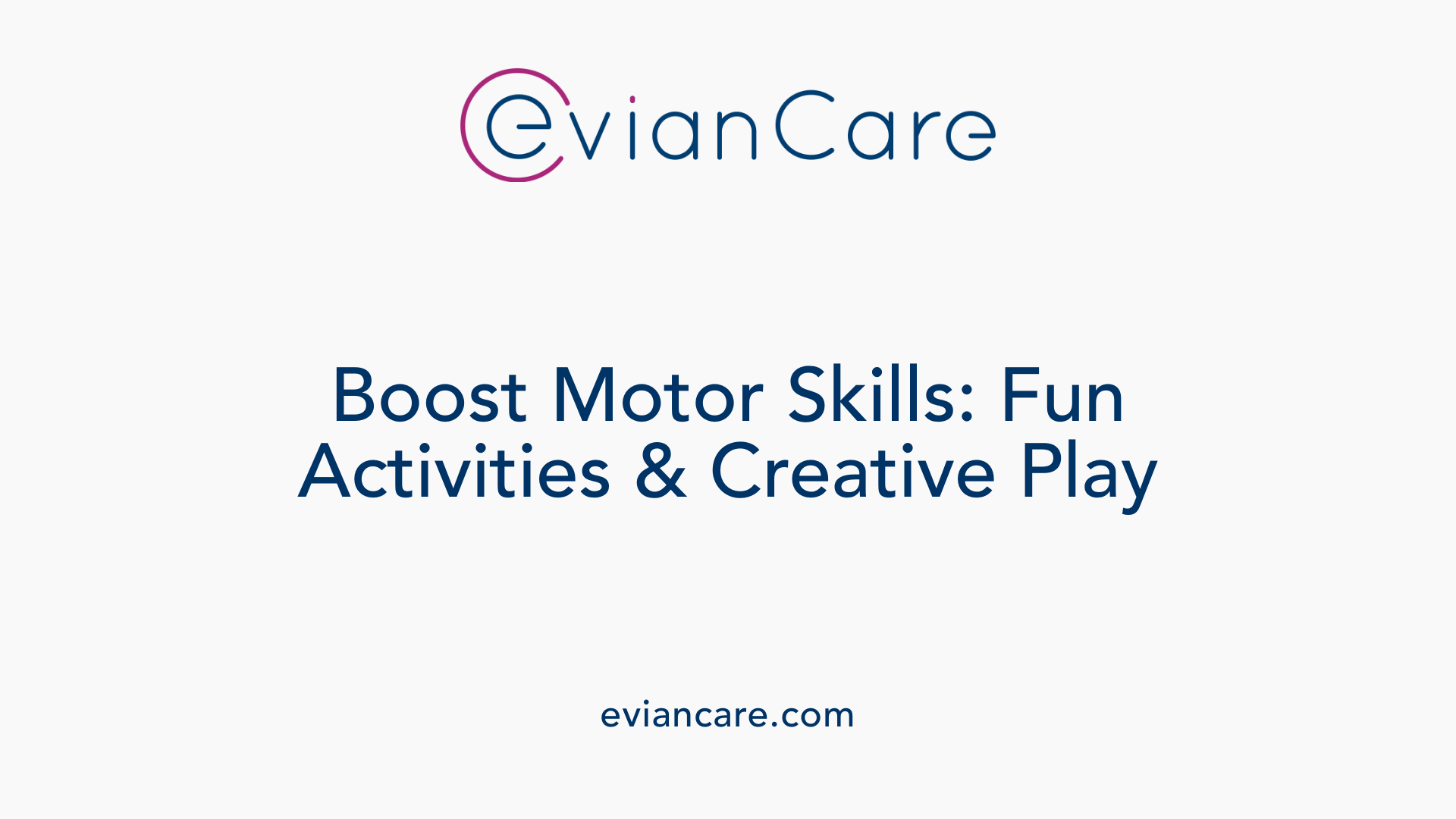
What are effective activities to improve balance and coordination in children?
Engaging children in a variety of fun and challenging activities can significantly boost their balance and coordination. Playground exercises such as climbing, balancing on beams, and swinging help develop core strength, spatial awareness, and postural control. Outdoor activities like walking on uneven surfaces, riding bikes, playing catch, hopscotch, and freeze dance promote dynamic balance and gross motor skills.
Creative play also supports motor development. Role-playing, pretend scenarios, and building with household objects encourage children to use their motor skills while having fun. Structured activities like yoga, Twister, and obstacle courses not only improve static and dynamic balance but enhance hand-eye coordination.
Natural exploration is equally important. Giving children opportunities to explore new environments, use different playground equipment, and participate in various outdoor activities fosters confidence and overall physical growth. These activities contribute to better motor skills, making movement more controlled and precise.
How can parents support their child's motor development at home?
Parents play a vital role in nurturing motor skills at home. Offering a wide range of activities helps children strengthen both their fine and gross motor abilities. Outdoor play, climbing, crawling, and walking are excellent for muscle development and coordination.
Indoor activities such as playing with building blocks, puzzles, drawing, and crafts can improve hand-eye coordination and fine motor control. Tasks like pouring, buttoning, and helping with meals help develop small muscle strength.
Sensory activities also support motor development. Finger painting, playing with playdough, and using small tools stimulate motor skills and sensory processing. Patience and encouragement from parents boost a child's confidence, making their exploration enjoyable and stress-free.
Most importantly, fostering a supportive environment where children feel free to explore and practice new skills is essential for their physical development and confidence building.
The Role of Targeted Exercise Programs and New Therapies
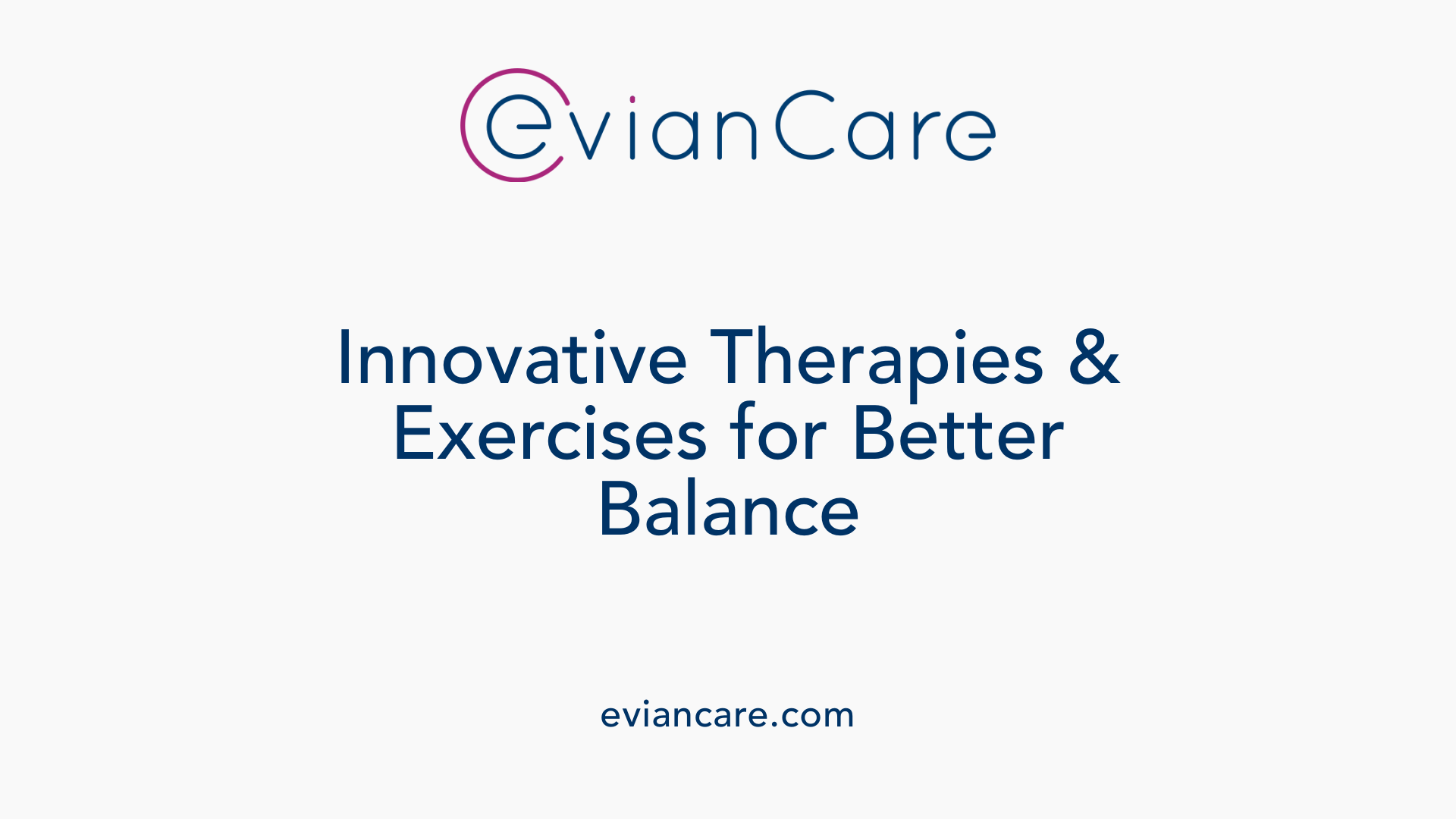 Physical therapy employs various exercises and innovative approaches to help children develop better balance and coordination. Standard exercises focus on strengthening muscles, improving flexibility, body awareness, and motor control. For example, balance activities such as standing on one foot, tandem walking, and obstacle courses are used to challenge and improve both static and dynamic balance. These exercises often incorporate play-based activities like hopscotch jumps or crab walking, which build core strength and bilateral coordination.
Physical therapy employs various exercises and innovative approaches to help children develop better balance and coordination. Standard exercises focus on strengthening muscles, improving flexibility, body awareness, and motor control. For example, balance activities such as standing on one foot, tandem walking, and obstacle courses are used to challenge and improve both static and dynamic balance. These exercises often incorporate play-based activities like hopscotch jumps or crab walking, which build core strength and bilateral coordination.
In addition to traditional exercises, newer therapies like Dynamic Movement Intervention (DMI) play a significant role in supporting gross motor milestones. DMI is an evidence-based manual therapy that stimulates muscle activation, postural control, and sensory input. Delivered through intensive sessions, often twice daily over three weeks, DMI aids children with developmental delays such as cerebral palsy or Down syndrome by promoting neuroplastic changes and enabling new movement patterns.
Vestibular therapy is another innovative approach targeting inner ear functions to assist children experiencing balance issues. It includes exercises designed to enhance sensory processing from visual, somatosensory, and vestibular systems, thereby improving overall stability and reaction times. These therapies work hand-in-hand with strength training and gait exercises to foster confidence and functional mobility, helping children participate more actively in everyday activities.
| Therapy Type | Focus Area | Typical Activities | Benefits |
|---|---|---|---|
| Balance Training | Static & Dynamic Balance | Standing on one foot, tandem walking, obstacle courses | Increases stability and coordination |
| Strength & Flexibility | Muscle Strength & Range of Motion | Resistance exercises, stretching routines | Enhances muscle tone, posture |
| DMI (Dynamically Manual Movement Intervention) | Gross Motor Skills | Manual exercises promoting muscle activation | Supports milestones like crawling and walking |
| Vestibular Therapy | Inner Ear & Sensory Processing | Head movement exercises, balance beam activities | Improves balance, reduces dizziness |
| Play-Based Activities | Overall Motor Development | Hopscotch, crawling, jumping, climbing | Builds confidence and motor skills |
Targeted programs involve personalized assessments by physical therapists to address each child's unique needs. Early and consistent intervention relies on a combination of these therapies to improve strength, balance, and overall motor development, empowering children to reach their full potential.
Supporting Long-Term Motor Growth and Confidence
Early intervention through pediatric physical therapy can significantly influence a child's motor development trajectory. By focusing on enhancing balance, coordination, strength, and stability, therapists help children reach developmental milestones with confidence and independence. Engaging in targeted exercises, play-based activities, and home strategies not only promotes physical growth but also boosts self-esteem and social participation. Recognizing early signs of delays and seeking professional support ensures children receive timely help, laying a foundation for a healthy, active future.
References
- Poor Balance & Coordination Therapy - Little Feet Therapy
- Balance & Coordination in Children: Signs, Therapy ... - PedsTeam
- Physical Therapy to Improve Your Child's Balance
- Improve Balance and Coordination for Children
- Balance Exercises for Kids - KidsCare Home Health
- Physical Therapy Guide to Developmental Coordination Disorder
- Balance & Coordination - Kid Sense Child Development
- How Physical Therapy Can Improve Your Child's Balance And Motor ...
- Balance & Coordination: PT Helps Children Thrive


